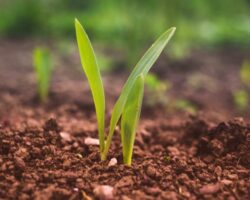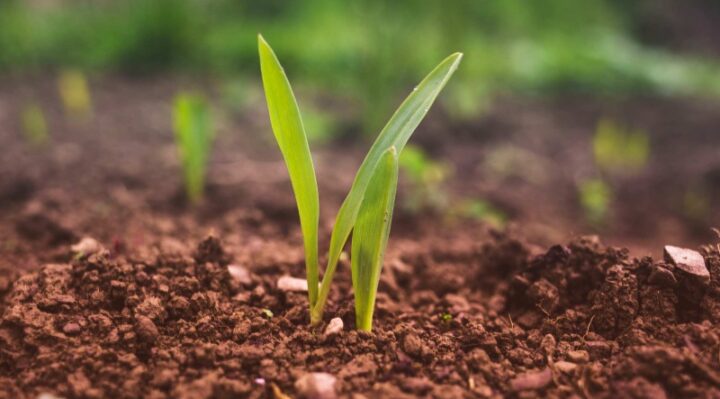The first plant to grow on Mars has been identified


A future civilization on Mars could be accompanied by a unique and resilient little plant. Syntrichia caninervis, a type of moss found in deserts, may be capable of surviving and thriving in Mars’ harsh environment, according to a new study in the journal The Innovation. This moss can endure freezing temperatures as low as -320.8 degrees Fahrenheit and levels of gamma radiation lethal to most other plants and life forms.
The moss can endure exceptionally arid conditions and a mix of dryness, intense radiation, and frigid temperatures, mimicking Mars’ environment. “Our research shows that the environmental resilience of S. caninervis surpasses that of some highly stress-resistant microorganisms and tardigrades,” the researchers noted. They emphasized its promise as a pioneering plant for space colonization, establishing a basis for sustainable human habitats beyond Earth.
Mars presents numerous challenges for human exploration and habitation, with its thin atmosphere primarily composed of carbon dioxide, minimal atmospheric pressure, and extreme temperature fluctuations. Water on Mars exists mainly as ice, and the planet lacks a global magnetic field, exposing its surface to high levels of cosmic radiation.
This study is the first to test a whole plant’s ability to withstand space or extraterrestrial conditions. Syntrichia caninervis, found in harsh environments worldwide from Tibet to Antarctica, was stored at -112 degrees F for several years and at -320 degrees F for up to 30 days. After defrosting, the moss was able to regenerate and grow, especially if dehydrated prior to freezing. The moss also survived and thrived under radiation doses up to 500 Gray (Gy), far exceeding human tolerance levels.
Researchers then exposed the plant to fluctuating temperatures, low atmospheric pressure, high CO2 levels, and high ultraviolet radiation. The dried moss had a 100 percent recovery rate 30 days after exposure, while hydrated plants recovered more slowly.
“S. caninervis stands out as a promising candidate for aiding terraforming efforts on Mars or other planets,” the researchers remarked. They emphasized its potential to support the establishment and maintenance of ecosystems by contributing to oxygen production, carbon sequestration, and soil fertility.
While there is still a long way to go in creating self-sufficient habitats on other planets, this study demonstrates the potential of S. caninervis as a pioneer plant for Mars. Future missions could further test its viability for plant colonization and growth in outer space.


